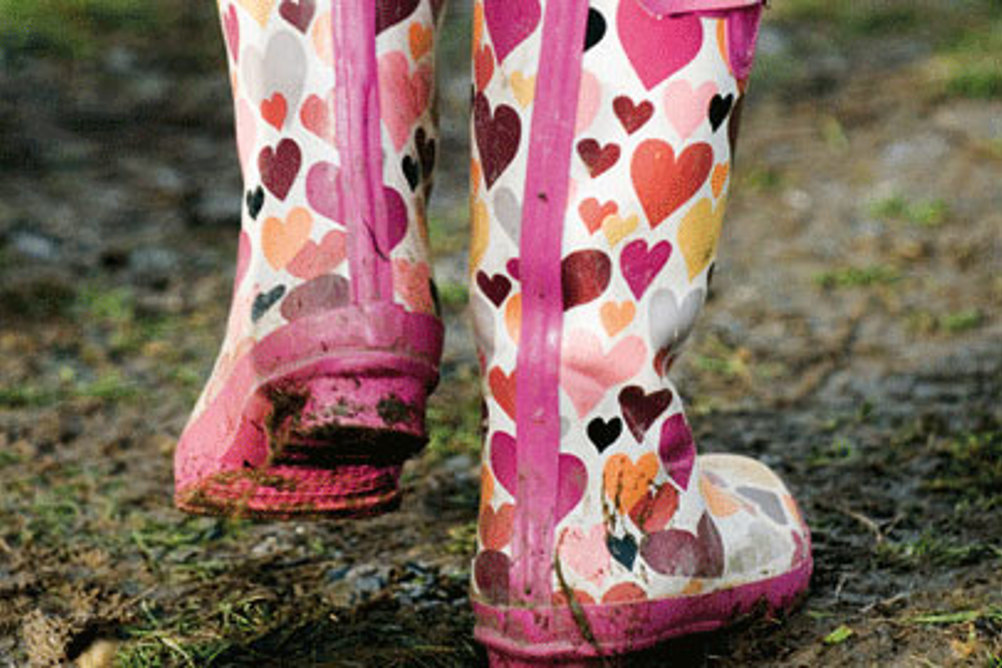
It takes more than a spot of bad weather to stop children from enjoying the great outdoors. Unfortunately, the same cannot always be said for practitioners! And, after a year of record-breaking poor weather conditions, all but the hardiest of staff may have lost their enthusiasm for outdoor play.
However, if the Norwegian saying is to be believed, there is no such thing as bad weather, only bad clothing, so follow our six-step guide to staying comfortable in all climates.
1. Wear layers
Layering is vital for keeping warm in cold weather, and much more effective than wearing bulky coats or jumpers. Dressing in appropriate layers helps draw sweat away from the body, insulates against the cold and keeps out the wind and rain. Layers also help you to regulate your own body temperature, as you can add or remove clothing easily when you start to feel too hot or too cold.
Register now to continue reading
Thank you for visiting Nursery World and making use of our archive of more than 35,000 expert features, subject guides, case studies and policy updates. Why not register today and enjoy the following great benefits:
What's included
-
Free access to 4 subscriber-only articles per month
-
Unlimited access to news and opinion
-
Email newsletter providing activity ideas, best practice and breaking news
Already have an account? Sign in here
